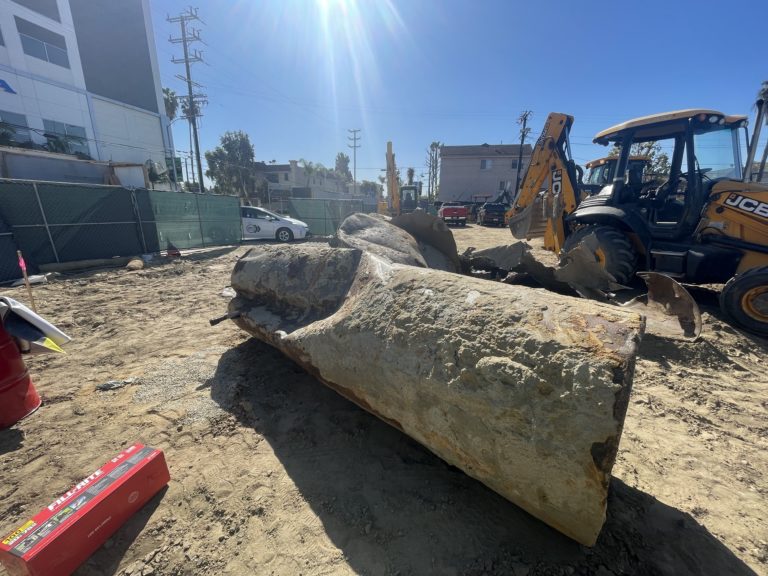Type Section Geologic Definition
In geology, the term “type section” refers to a specific stratigraphic unit, that can be compared to other parts of the geologic unit. For a type section, it’s preferred to describe the location where the geologic unit has the maximum thickness, and where the top and bottom units are observable.


